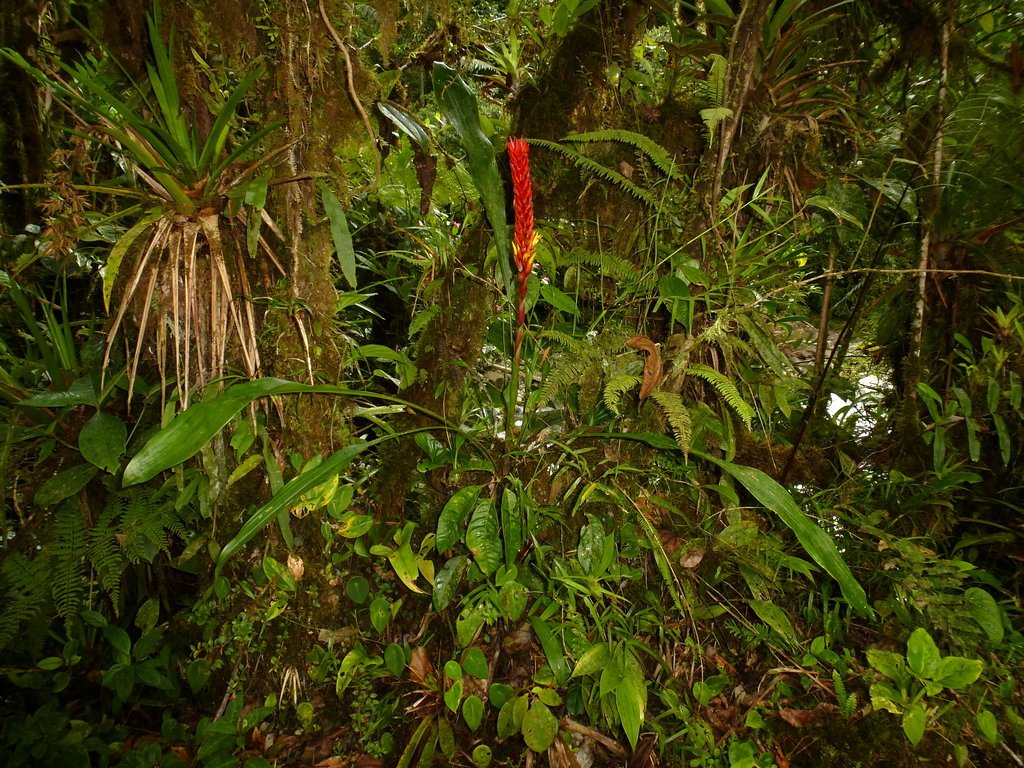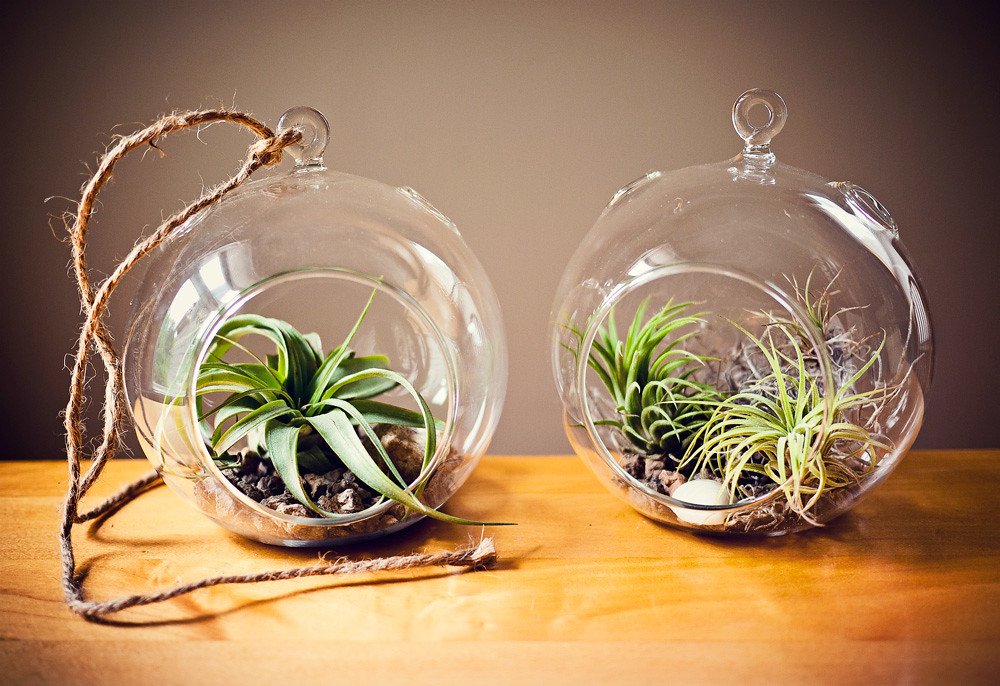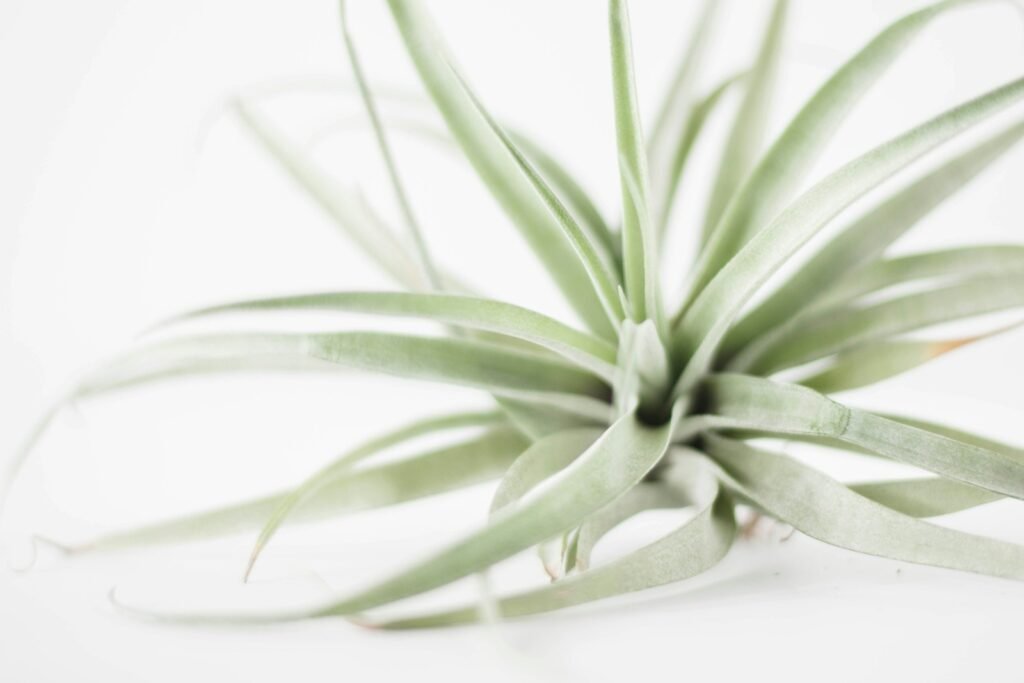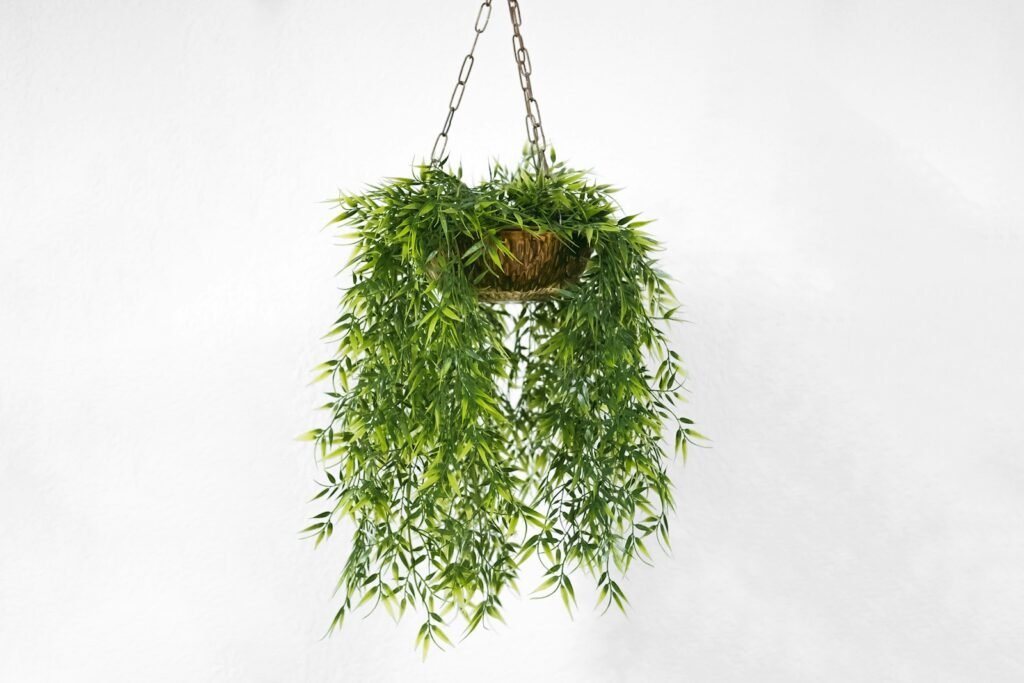Plants are often synonymous with soil, yet certain marvels of nature defy this association. Enter the world of air plants, or tillandsias, which have adapted to thrive without traditional soil. These remarkable plants offer a fascinating glimpse into nature’s ingenuity and adaptability. Join us as we explore the unique world of air plants, delving into their evolution, characteristics, and care, as well as the broader implications for botanical science and our relationship with these extraordinary flora.
The Beginnings: Evolutionary Adaptations

Air plants are part of the Bromeliaceae family and have evolved unique adaptations for survival. Originating in the subtropical and tropical regions of the Americas, these plants developed the ability to absorb nutrients and water directly from the air around them, a process that became essential in environments where soil was scarce or nonexistent. This remarkable evolutionary path underscores their resilience and adaptability, illustrating how plants can reinvent their functions to thrive in challenging environments.
Understanding Air Plants: What Makes Them Unique?

The distinct characteristic that sets air plants apart is their lack of reliance on soil for growth. These plants use modified leaves known as trichomes, which are specialized for absorbing moisture and nutrients from the air. This adaptation allows air plants to inhabit places that traditional soil-rooted plants cannot, such as rocky surfaces, tree branches, and even urban environments.
The Role of Trichomes

Trichomes on air plants appear as small, hair-like structures covering their leaves. These structures are crucial in harnessing even the slightest amounts of moisture from the air. The trichomes open to capture water and nutrients, then close to protect the plant from excessive moisture loss. This adaptive mechanism is key to their survival in various habitats, allowing them to adjust to moisture availability efficiently.
Environmental Benefits and Contributions

Air plants play a significant role in their ecosystems by contributing to the habitat diversity and offering shelter to small critters. Their presence on trees and rocks contributes to the ecosystem’s complexity without competing with soil-dependent plants. Furthermore, air plants assist in filtering air pollutants, making them beneficial additions to indoor environments as well.
Habitats: Finding a Home in Unlikely Places

Unlike most plants, air plants are epiphytes, meaning they grow on other plants or structures without being parasitic. This trait allows them to thrive on tree trunks, rocks, and even telephone wires. Their ability to adapt to such diverse surfaces showcases an incredible evolutionary advantage, enabling survival in areas where other plants may struggle.
Watering Needs and Nutrient Absorption

Despite their tough and self-sufficient appearance, air plants do need regular watering. In their natural habitats, they rely on rain, dew, and humidity. For indoor plants, a routine of soaking or misting will suffice. Because they absorb nutrients from the air, these plants also benefit from periodic nutrient supplementation through foliar feeds.
Challenges of Indoor Care

Taking care of an air plant indoors requires balancing several factors to mimic their natural habitat. Light, humidity, and proper air circulation are essential for their wellbeing. They prefer bright, indirect light and a humid environment, much like their native tropical habitats. Ensuring proper air circulation is key to preventing rot and disease.
The Popularity of Air Plants in Modern Decor

Air plants have gained popularity in home and office decor due to their unique appearance and minimal care requirements. Their ability to grow without soil and in creative displays—such as drifting within glass orbs or mounted on driftwood—makes them perfect accent pieces for modern aesthetics.
The Scientific Implications

The study of air plants provides insights into plant evolution, adaptation, and resilience. By understanding how these plants thrive without soil, scientists can glean insights into potential agricultural innovations and strategies for cultivating crops in challenging environments, contributing to food security and sustainability.
Conclusion: A Testament to Nature’s Ingenuity

Air plants stand as a testament to the genius of natural evolution, showcasing the incredible ways in which life adapts to various environmental challenges. Their unique characteristics not only make them fascinating subjects of scientific study but also exquisite additions to our living spaces. As we cultivate our appreciation for these remarkable plants, we are reminded of the endless creativity and adaptability of life on Earth.




